
While results of a study on crowdsourced materials promoting hepatitis testing were complicated by intervention sharing, 20% of MSM reported first time testing.

While results of a study on crowdsourced materials promoting hepatitis testing were complicated by intervention sharing, 20% of MSM reported first time testing.
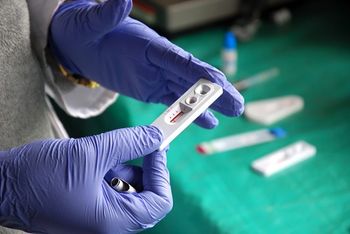
Blood sample testing in African countries using rapid tests is a mixed message. Accuracy in HIV improved, but accuracy in hepatitis B and C testing did not.
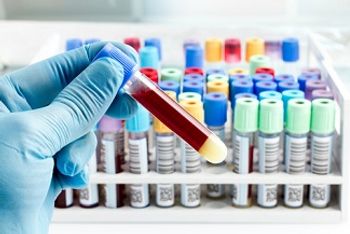
Universal screening identifies cases in those who do not consider themselves at risk and helps re-link previously known patients who have fallen out of treatment back to care.
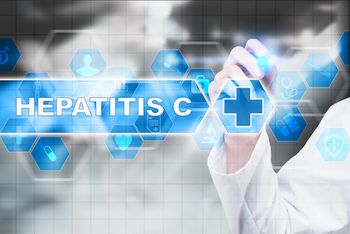
Results from a study at a Cincinnati hospital point to the importance of testing at-risk infants for HCV as the opioid crisis impacts prevalence of the infection.
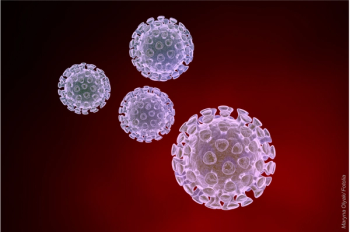
Although the overall mortality rate for HCV has declined, clinicians will have to focus on individuated factors to address lingering barriers.
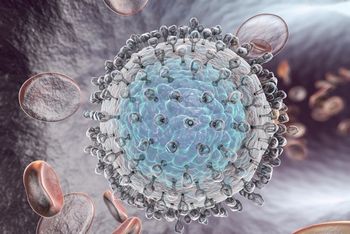
Millennials are a major population affected by the opioid crisis, which has now translated to an increase in hepatitis C virus infections among the generation.

One promising proposal to greatly increase access to DAA HCV therapy is to keep this treatment with appropriately trained PCPs, in contrast with referring patients to infectious disease, gastroenterology, or hepatology subspecialists.
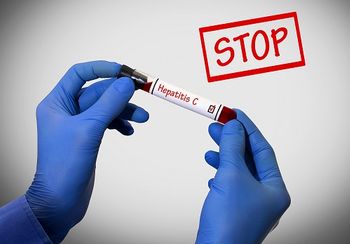
The phase 1/2 trial of a prime-boost vaccine to prevent chronic HCV infection was completed in an at-risk population of in people who inject drugs.

As outbreaks of vaccine-preventable diseases grow, it is important to review vaccination recommendations by age group.

Facing an outbreak of HAV, Arizona works to collaborate across public health departments and health care facilities.

Meeting goals to eliminate HIV, viral hepatitis, and sexually transmitted infections by 2030 will require accelerated efforts, according to a progress report from the WHO.
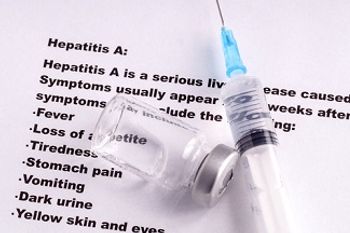
The state will allocate an additional $650,000 that will be divided up amongst areas of need.

Initiating a model that provides testing, treatment and linkage to care for HCV in correctional facilities would improve outcomes but requires a costly investment.
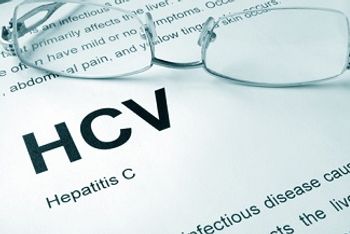
DONATE-HCV trial offers new hope to those on waiting lists for new hearts and/or lungs.

The FDA has approved Mavyret (glecaprevir and pibrentasvir) tablets to treat all 6 genotypes of hepatitis C in children 12 to 17 years.
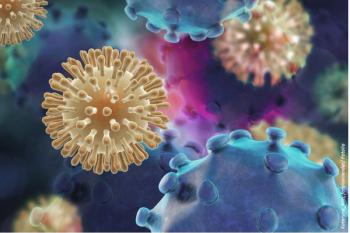
A London study shows that men infected with HIV are acquiring HCV at much lower levels than before.

UK study in Addiction identifies benefits for controversial programs proposed as a solution for the ongoing opioid crisis.

A new analysis sheds light on what is needed to hit this benchmark.

Even when men who have sex with men are aware of the risk of hepatitis C infection, they aren’t always confident in their ability to go against the expectations of their peer group.
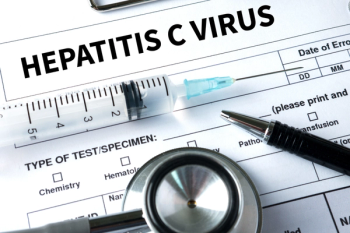
Patients with the hepatitis C virus who are on Medicaid in Oregon can expect to receive curative treatment in 2019, without having to wait for liver damage to set in.
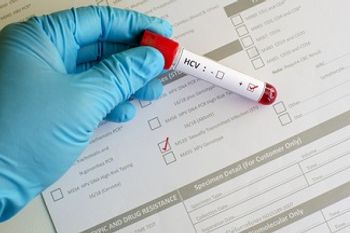
Successful treatment of recently acquired hepatitis C virus infection in 8 weeks, with a regimen currently approved for 12 weeks, could enable shorter, less costly treatment.

Through retrospective analysis, investigators have identified a second case of rat hepatitis E virus in a human, which has close genetic relation to the first case.

People who inject drugs who are infected with hepatitis C virus can achieve sustained viral response, despite imperfect adherence, according to the results of a new trial.
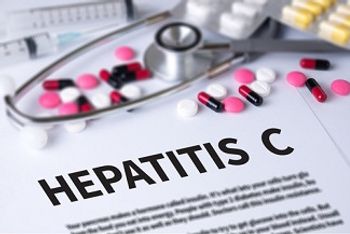
A new approach to hepatitis C virus infection treatment could shave time and costs off the current standard regimen.
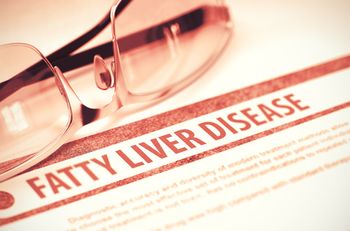
Research on nonalcoholic fatty liver disease in persons infected with HIV revealed a prevalence of the condition of about 40%, suggesting the condition may be an underappreciated comorbidity in this population.